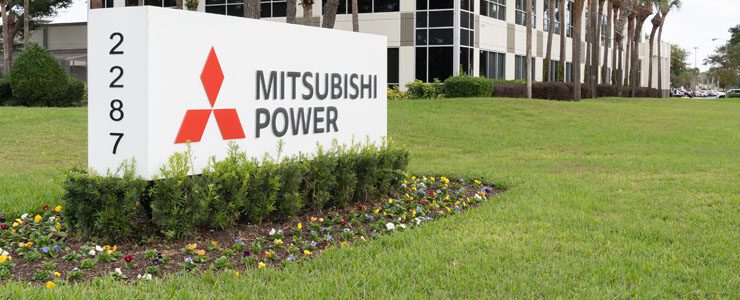
Making your workspace more sustainable
Creating a sustainable workspace is not only beneficial for the environment but also contributes to a healthier and more productive work environment.
From reducing waste to conserving energy, here are some practical tips to make your workspace more sustainable.
Energy efficiency
Start by optimising energy consumption in your workspace. Implement energy-efficient measures, such as motion sensor lighting and LED bulbs. Ensure that all devices are turned off when not in use, and consider using smart power strips to prevent phantom energy consumption. Additionally, make the most of natural light to reduce the need for artificial lighting during the day, which can lower energy consumption.
Green transportation
Encourage sustainable commuting options for yourself and your colleagues. If possible, use public transportation, carshare, cycle or walk to work. If car travel to your place of work is unavoidable, consider EV charging points to encourage the use of electric or hybrid vehicles.
Recycling and waste management
Implement a comprehensive recycling program in your workspace. Clearly label recycling bins for paper, plastic, glass, and other recyclables. Educate your team on proper disposal practices to minimise contamination. Consider incorporating a composting system for organic waste, reducing the overall environmental impact. Also, aim to reduce single-use items by providing reusable alternatives, such as water bottles, mugs, and utensils.
Eco-friendly office supplies
Choose office supplies made from recycled or sustainable materials. Opt for recycled paper and notebooks, eco-friendly pens, and refillable ink cartridges. Select products with minimal packaging to reduce waste. When possible, buy in bulk to decrease packaging materials and transportation-related emissions.
Green technology
Upgrade your office equipment to more energy-efficient and environmentally friendly options. Consider using laptops instead of desktop computers, as they generally consume less energy. Explore virtual meeting options to reduce the need for travel, saving both time and resources.
Water conservation
The carbon footprint of water is often not considered. Implement water-saving measures in your workspace. Fix leaks promptly, install low-flow faucets and toilets, and encourage water conservation practices among employees. Additionally, consider incorporating drought-resistant plants into your office décor, requiring less water to maintain.
Sustainable furniture and décor
When furnishing or redecorating your workspace, choose furniture made from sustainable materials. Look for products certified by organisations like the Forest Stewardship Council (FSC) or made from reclaimed wood. Opt for second-hand furniture to reduce the demand for new production. Consider incorporating indoor plants to improve air quality and add a touch of nature to the workspace.
Green cleaning practices
Switch to eco-friendly cleaning products that are biodegradable and free from harmful chemicals. Encourage the use of reusable cleaning cloths instead of disposable wipes. Implement a cleaning schedule that focuses on maintaining a healthy indoor environment without compromising on sustainability.
Employee engagement
Foster a culture of sustainability among your team. Educate employees on the importance of reducing their environmental impact and provide resources on how to make sustainable choices both in and out of the workplace. Consider implementing incentives or recognition programs for eco-friendly initiatives.
Regular audits and improvements
Conduct regular sustainability audits to assess the effectiveness of your initiatives. Solicit feedback from employees and make adjustments based on their input. Stay informed about new technologies and practices that can further enhance the sustainability of your workspace.
By implementing these sustainable practices, you not only contribute to a healthier planet but also create a workspace that promotes wellbeing, productivity, and a positive corporate image. Small changes can lead to significant improvements over time, making your workspace a model for eco-friendly practices in the business world.



